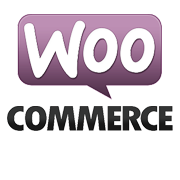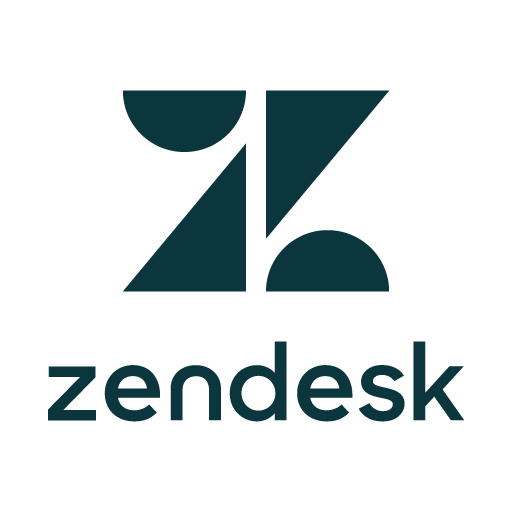Starting A Travel Backpack Business And Growing To $20K/Month
Hello! Who are you and what business did you start?
Hi guys! Thanks for stopping by. I’m Chez, the founder of Gobi Gear. I started Gobi Gear about 4 years ago to make organization easier and more fun, specifically focusing on the outdoor adventure and travel markets. Rummage less, explore more!
Our gear bags are designed to make staying organized easy, no matter where the adventure takes you. We take pride in selling high quality gear - expecting our items to last. We are a 1% For the Planet partner, and we use no plastic in our packaging - having saved over 70,000 plastic bags (and counting)!
Our first product was known as the Hoboroll - a super cool bag that works as a stuff sack or a day bag, with 5 inner organizational compartments and a secret stash pocket. Made of ultralight, water-resistant nylon, this bag fits in the palm of your hand but is ready for adventure at the drop of a hat.
Even though we design our gear for the outdoor adventurer,...

Download the report and join our email newsletter packed with business ideas and money-making opportunities, backed by real-life case studies.

Download the report and join our email newsletter packed with business ideas and money-making opportunities, backed by real-life case studies.

Download the report and join our email newsletter packed with business ideas and money-making opportunities, backed by real-life case studies.

Download the report and join our email newsletter packed with business ideas and money-making opportunities, backed by real-life case studies.

Download the report and join our email newsletter packed with business ideas and money-making opportunities, backed by real-life case studies.

Download the report and join our email newsletter packed with business ideas and money-making opportunities, backed by real-life case studies.

Download the report and join our email newsletter packed with business ideas and money-making opportunities, backed by real-life case studies.

Download the report and join our email newsletter packed with business ideas and money-making opportunities, backed by real-life case studies.


















